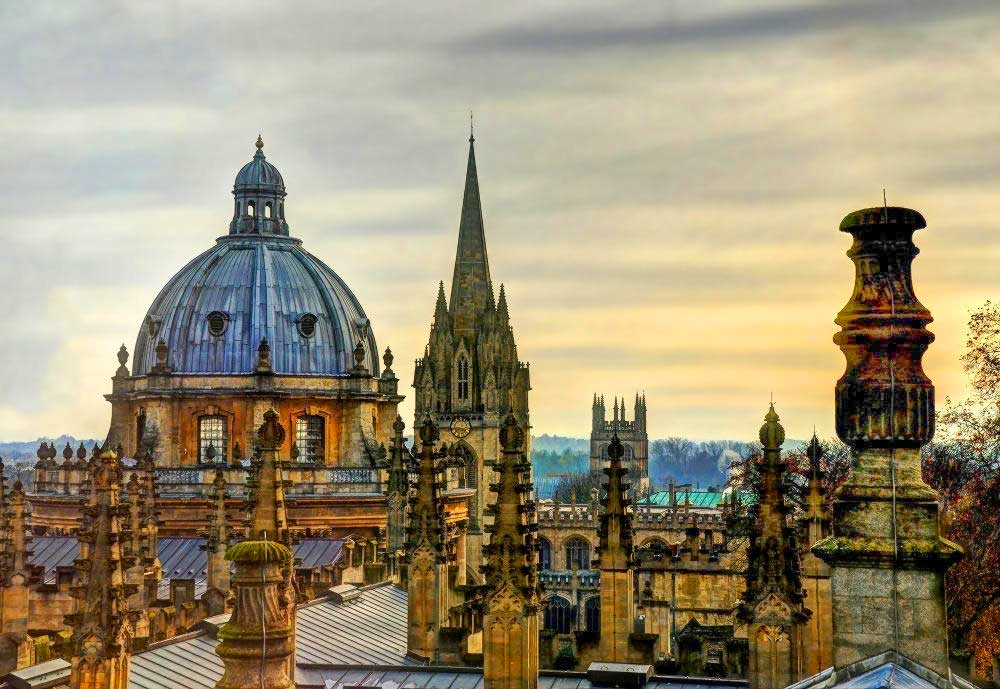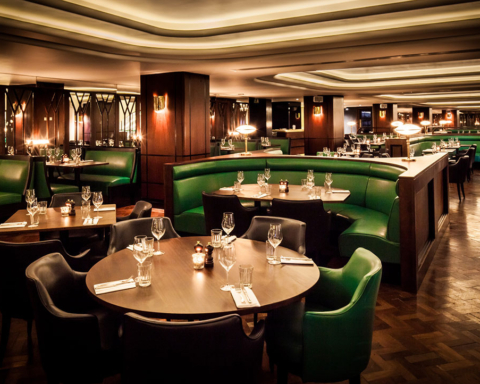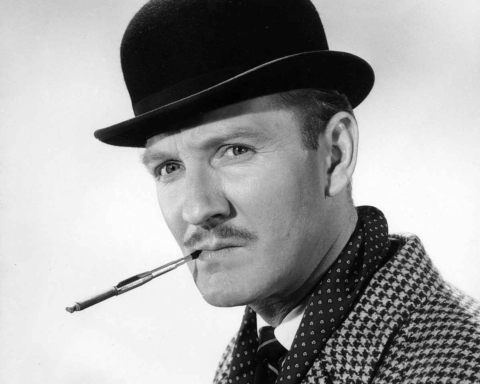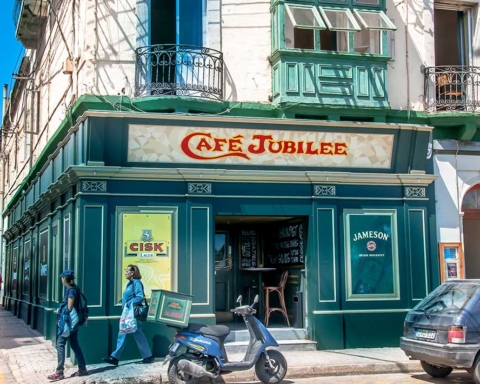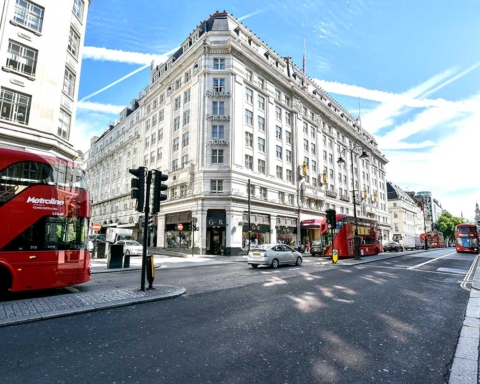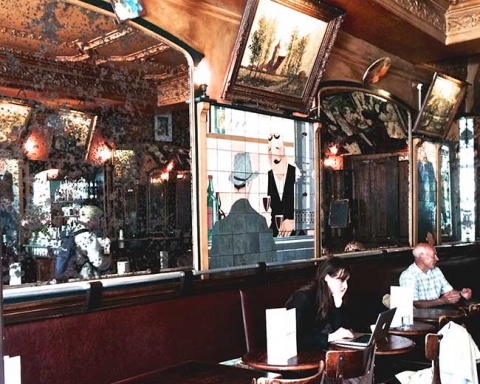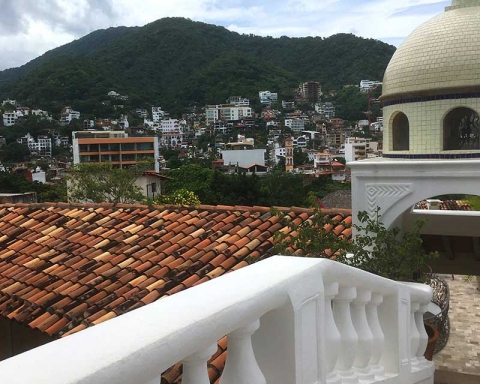Gustav Temple finds that, forced to eschew the pleasures of a European city break, Oxford delivers just as edifying an experience

Taking one’s annual summer holiday during a global pandemic produces one or two changes to one’s usual habits. Images of the azure skies, Gothic cathedrals and café terraces of Europe and beyond are somewhat tainted by the visions of deserted airports, sudden flight cancellations and quarantine measures upon one’s return to Blighty. It seems a much safer bet to remain within the boundaries of our own isles, and also affords the opportunity to explore the uncharted waters on our own doorstep.
Who needs Seville, Florence or Krakow when the dreaming spires of Oxford beckon? Taking coffee on a sunny morning in the lee of a beautiful mediaeval tabernacle is one of the pulls of southern Europe, and you can just as easily do this in Oxford. But you can visit the location of an episode of Game of Thrones in Croatia, the Europhiles cry. Step in Christchurch College, Oxford, which was used as part of Hogwarts in the filming of the Harry Potter films. The British weather in late July/early August is any match for the European stuff for which we used to fork out our hard-earned wages, just without the need to wear unsightly shorts and hourly applications of sticky sun cream.
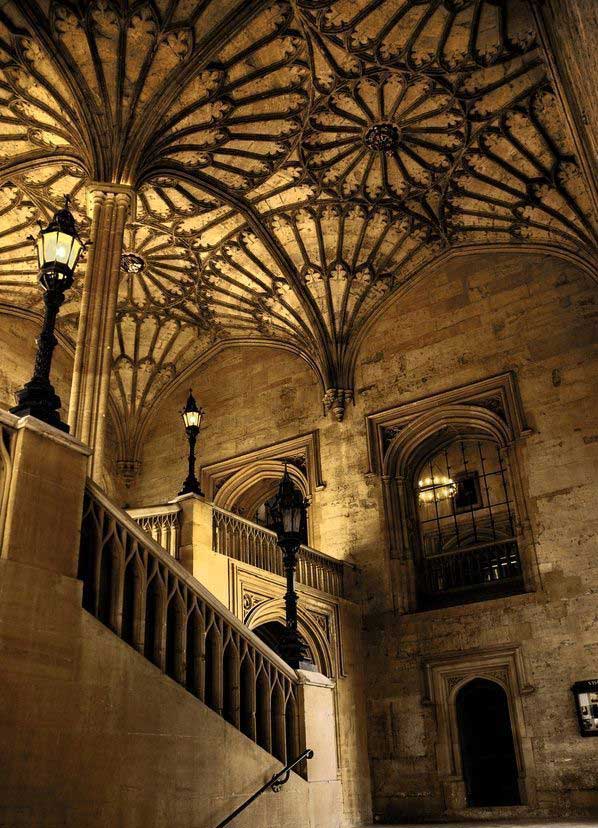
Once the choices narrow down to what is on our doorstep, you can easily apply the mindset of a tourist, even in places that you thought were familiar. And the absence of millions of Japanese tourists clutching their copies of Tolkien and JK Rowling suddenly makes a city like Oxford much more attractive and comfortable than it would be under normal circumstances. But where to stay? Prices for hotels in the centre are on a par with London, and the car parks are so expensive that you almost expect your car to be served breakfast in the morning.
The only affordable way to visit Oxford is to billet on the outskirts and use the Park & Ride facility to enter the hallowed quarter. One such approach is to stay at the Oxford Belfry, an hotel owned by the Hilton Group situated some ten miles from the city centre. Built 100 years ago in the style of a mediaeval cloister, it was the home of the French Ambassador in the early 20th century and converted into the Brimpton Grange Hotel in the 1940s, when you could have a roaring fire in your room for an extra five shillings and there was a sprung wooden dancefloor in the ballroom.
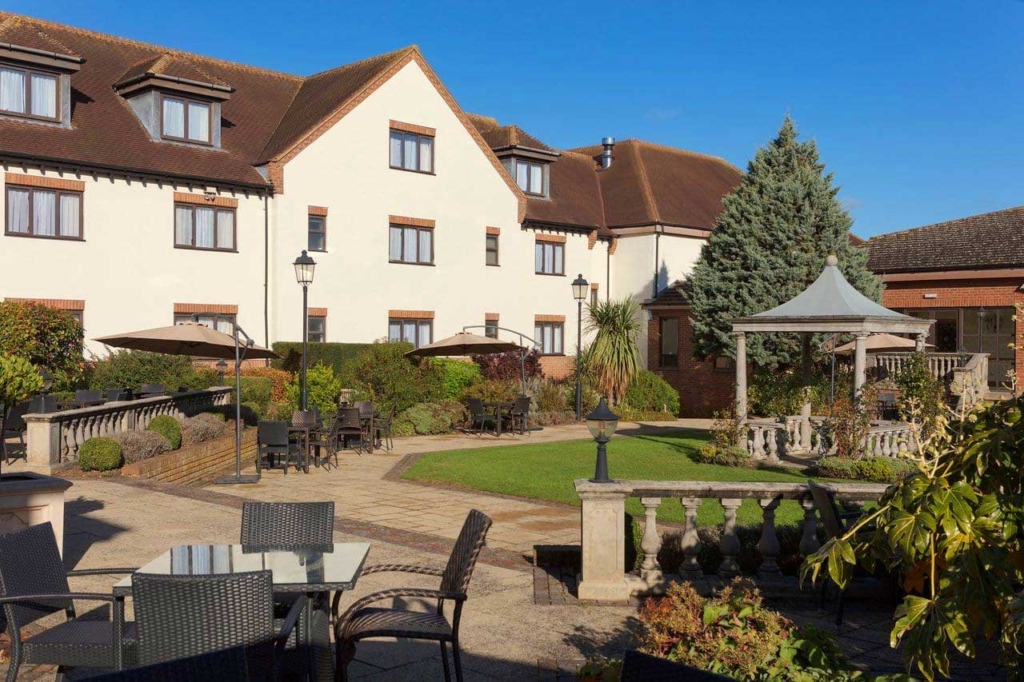
The global pandemic version of today’s Oxford Belfry is slightly different. You can’t have a roaring fire in your room for any amount of shillings, and one is greeted by reception staff in masks behind plastic screens, as we are now greeted everywhere we go. The design is a curious blend of low timber-framed buildings and contemporary fittings, the rooms generously proportioned with views over the Chilterns countryside. We were not surprised to note a distinct paucity of guests, given the current situation; the usual hustle and bustle of an hotel in August replaced by empty corridors and a very amenable ratio of staff members to guests.
The affable Sandra, maitre d’hotel, served us in the restaurant and proved to be a mine of information on the changes brought about by the pandemic. We had been told in advance to expect a reduced menu for dinner, but chef Michael Winslade had still managed to produce an impressive bill of fare, from which we selected Confit Duck’s Leg and Slow-cooked Belly of Pork, both of which were superb. The selection of five puddings didn’t seem reduced at all, and the Apple and Almond Pie with Maple Syrup Sauce and Vanilla Panacotta with Fresh Rasberries proved that, even during difficult times, the chef had a flair for unusual flavours that couldn’t be hampered by anything happening outside his kitchen.

The Oxford Belfry has a decently sized swimming pool, which of course you have to book in advance and where everything except the water is cordoned off. This means the walk of shame past reception in a towelling robe, and awkward shift changes with the previous swimmers, but it does mean you get the pool to yourself for an hour. Walks around the hotel proved illuminating, the long, deserted corridors with their sudden changes in carpeting reminiscent of the Overlook Hotel in The Shining. We discovered a grand ballroom on our wanderings, entirely unoccupied save for a single bottle of hand sanitizer. You didn’t need the mind of Jack Torrance to imagine the room brimming with life, laughter and dancing, and hopefully it will soon come into its own again.
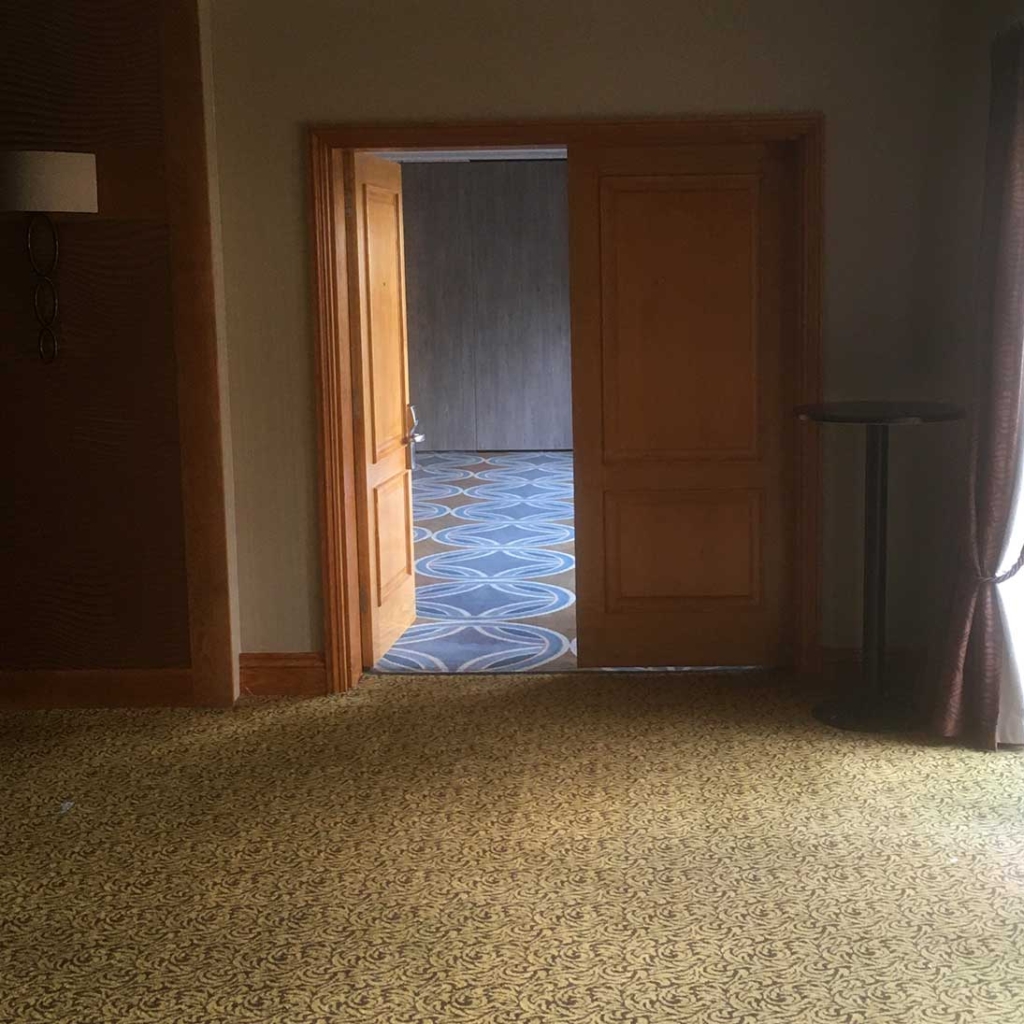
The ever informative Sandra, from behind her mask at reception, spoke wearily of the 364-page book the staff had all been given, with detailed instructions on the changes to the hotel wrought by coronavirus. The biggest eye-opener was that all hotels have to assign a Quarantine Room, where any guest with symptoms is to be sequestered for 14 days, without any human contact. They are allowed out for 20 minutes a day to take exercise in the garden. I felt that Stephen King would have a field day with such material, though thankfully the Quarantine Room has yet to be used by anyone.
The Oxford Belfry’s location makes it an easy hop by car either into central Oxford or the Park & Ride car park nearby. This means one has all the joys of the Dreaming Spires within easy reach but a relaxed, comfortable billet in a more sedate environment. With the weather doing a convincing imitation of southern Europe and the acres of Gothic, Palladian and Baroque buildings to feast our eyes on, not to mention the literary, educational and cinematic credentials of the city and its impressive array of rustic watering holes, Oxford delivered everything a more conventional summer break has to offer, but without the inconvenience of leaving the country.

